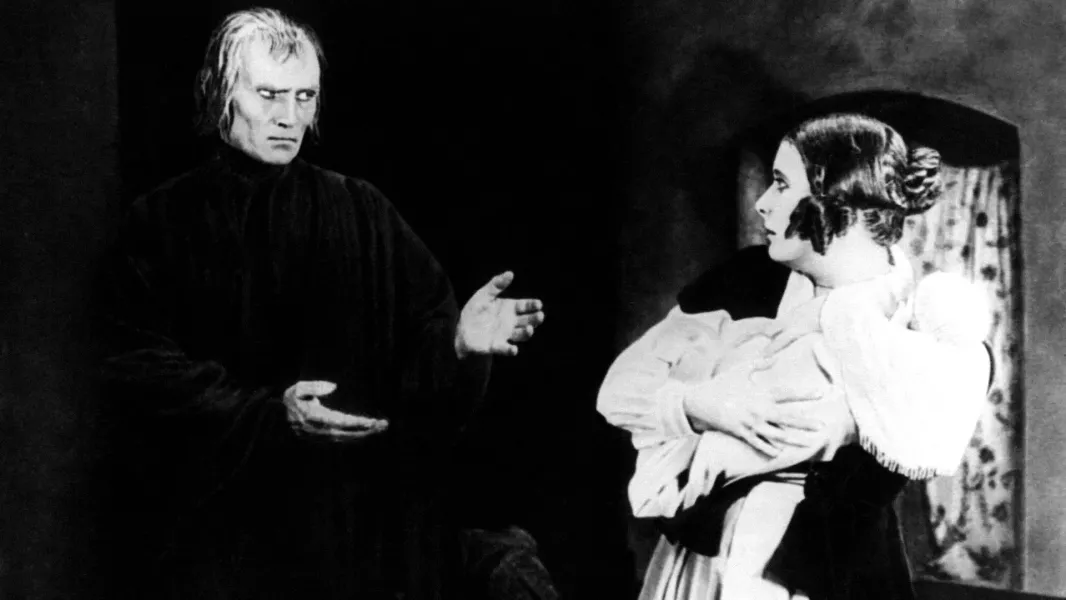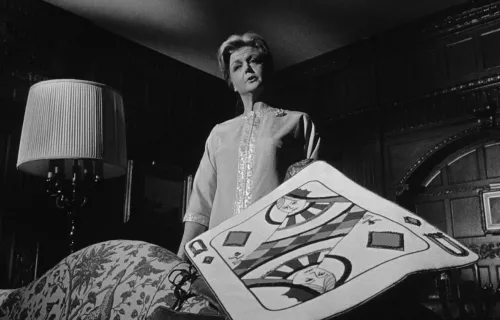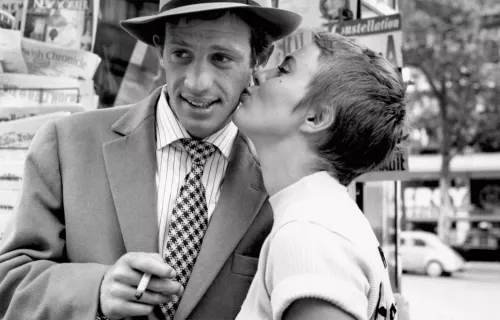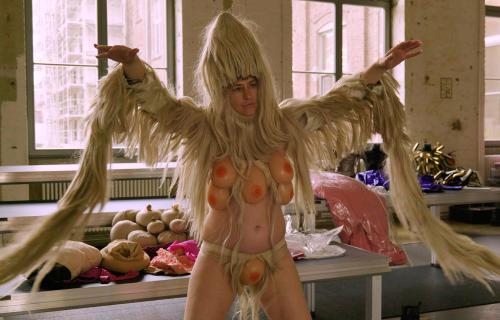
english below
Fritz Lang vervoert ons in de stille film DER MÜDE TOD naar “Some Time and Some Place”, waar een jong koppel gelukkig samen onderweg is in een koets. Ze geven een vreemdeling een lift naar het nabijgelegen dorp, niet wetende dat de man de Dood zelf is. Wanneer het koppel in de plaatselijke herberg stopt, wordt de jongeman ontvoerd door de Dood en samen met andere geesten afgezonderd achter een grote muur. De jonge vrouw is ontroostbaar. Na onophoudelijk zoeken, vindt ze een mystieke toegang tot wat zich achter de muur bevindt, maar wordt tegengehouden door de Dood. Hij vertelt haar drie verhalen, waarin een vrouw haar geliefde tracht te redden van een tragisch lot, maar faalt. De Dood stelt de vrouw voor een onmogelijke keuze: een andere ziel in ruil voor het leven van haar geliefde, of hem nooit meer terugzien.
Met fans van het eerste uur Alfred Hitchcock en Luis Buñuel kan de film geen betere woordvoerders vinden. Buñuel beschouwde DER MÜDE TOD als de trigger voor zijn eigen fascinatie met cinema: “Something about this film spoke to something deep in me. It clarified my life and my vision of the world.”
Regisseur Fritz Lang maakte de film in rouw kort na zijn moeders dood. DER MÜDE TOD werd niet enkel een van de technisch meest indrukwekkende parels uit stille cinema, maar ook een van de meest doordachte en empathische visies op sterfelijkheid. Voor Lang is de Dood samengesteld uit horror én liefde, een beeld dat frequent terugkeerde in zijn omvangrijke filmografie.
Gitarist en componist Menno Buggenhout voorziet de film live van een nieuwe soundtrack, die Langs spookachtig mooie stille fabel meer dan ooit van het witte doek doet daveren.
De film wordt voorafgegaan door een lezing om 19u00 over het Duitse filmexpressionisme en haar invloed (1919-1933) door Wouter Hessels, docent filmgeschiedenis (KASKA-DKO, RITCS, INSAS), en is gratis bij je filmticket inbegrepen.
In de vorm van onze FILM CLASS PASS kan je de vertoningen en lezingen van het hele filmhistorische seizoen aan een aantrekkelijk combitarief volgen.
ENG
The film is silent with English intertitles
In the silent film DER MÜDE TOD, Fritz Lang transports us to “Some Time and Some Place”, where a young couple in love is happily travelling along a country road. They pick up a hitchhiker and give him a ride to the nearby town, not knowing that the man is Death himself. When the couple stops to rest in the local inn, the young man is abducted by Death and together with other ghosts, he is sequestered behind a high wall. The young woman is inconsolable. After a relentless search, she finds a mystical entrance to what’s behind the wall, but she’s stopped by Death. He tells her three stories in which a woman tries to save her beloved from a tragic fate, but fails. Death offers the woman an impossible choice: another soul in exchange for her beloved’s life, or never to see him again.
With fans of the first hour, Alfred Hitchcock and Luis Buñuel, the film couldn’t have had any better spokespersons. Buñuel considered DER MÜDE TOD to be the film that triggered his own fascination with cinema: “Something about this film spoke to something deep in me. It clarified my life and my vision of the world.”
Director Fritz Lang created the film in mourning after the death of his mother. DER MÜDE TOD not only became one of silent cinema’s technically most impressive works, but also became one of the most thoughtful and empathetic visions of mortality. To Lang, Death is built out of horror and love, an image which frequently returned in his extensive filmography.
Guitarist and composer Menno Buggenhout will perform a new soundtrack to Lang’s hauntingly beautiful silent fable.
The film will be preceded by a lecture (in Dutch) at 19h00 on German film expressionism and its influence (1919-1933) by film history professor Wouter Hessels (KASKA-DKO, RITCS, and INSAS) and is included in your entrance ticket.
With our FILM CLASS PASS, you can attend all screenings and lectures of the film historic season at a reduced rate.



